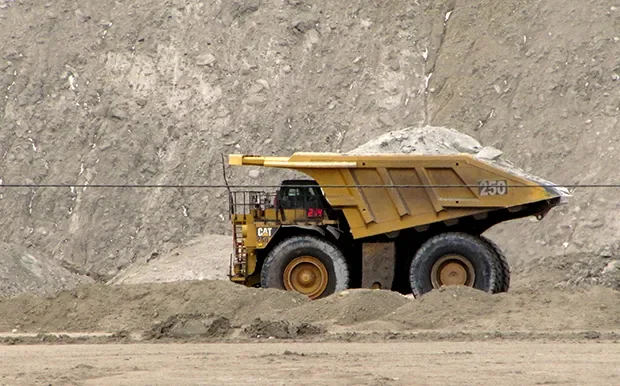On October 8, 2025, the US Interior Department delayed a coal lease auction in Wyoming. The sale, set for 3,508 acres in Campbell and Converse counties, holds 365 million tons of recoverable coal.
Montana Auction Disappoints
The postponement follows a weak Montana sale on October 6. The Bureau of Land Management (BLM) received one bid of $186,000 for 1,262 acres with 167.5 million tons of coal.
This equates to less than a penny per ton.
BLM’s Contingency Plans
BLM manages 245 million acres of federal land. It planned to process oil, gas, and coal permits during the government shutdown.
However, the Wyoming delay highlights challenges in advancing energy projects.
Administration’s Blame Game
The Interior Department attributed the low interest to past Democratic policies under Presidents Obama and Biden.
“Their anti-coal stance eroded industry confidence,” it stated. The department aims to restore trust and American energy leadership.
Environmental Policy Shifts
Obama and Biden tightened coal regulations to cut pollution and promote renewables. These changes discouraged investment.
The current administration seeks to reverse that trend, prioritizing coal for rising electricity needs.
AI and Energy Demands
President Trump has pledged to expand coal leasing. This supports surging power use from artificial intelligence. Coal could play a key role in meeting these demands, according to officials.
Bid Evaluation Pending
BLM must assess if the Montana bid meets fair market value. NTEC, the bidder operating the nearby Spring Creek Mine, argued for a value near the $100 per acre minimum. No response from NTEC on the bid.
Broader Energy Context
The Wyoming delay comes amid Orsted’s expansion struggles. Supply chain issues and inflation have raised costs. The coal auctions reflect ongoing debates over energy sources in a shifting market.
Future Coal Prospects
The Interior plans to reschedule the Wyoming sale soon. It aims to attract stronger bids. This fits the administration’s goal to revive domestic coal production for economic and energy security.
Implications for Industry
Low participation signals persistent challenges. Past regulations continue to impact confidence.
The administration’s push could revitalize coal, balancing environmental concerns with energy needs in 2025.






